
William Rush was a U.S. neoclassical sculptor from Philadelphia, Pennsylvania. He is considered the first major American sculptor.

Charles Allan Grafly, Jr. was an American sculptor, and teacher. Instructor of Sculpture at the Pennsylvania Academy of the Fine Arts for 37 years, his students included Paul Manship, Albin Polasek, and Walker Hancock.

The Pennsylvania Academy of the Fine Arts (PAFA) is a museum and private art school in Philadelphia, Pennsylvania. It was founded in 1805 and is the first and oldest art museum and art school in the United States.
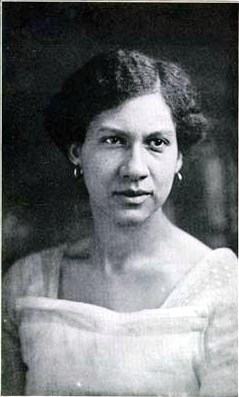
Meta Vaux Warrick Fuller was an African-American artist who celebrated Afrocentric themes. At the fore of the Harlem Renaissance, Warrick was known for being a poet, painter, theater designer, and sculptor of the black American experience. At the turn of the 20th century, she achieved a reputation as the first black woman sculptor and was a well-known sculptor in Paris before returning to the United States. Warrick was a protégée of Auguste Rodin, and has been described as "one of the most imaginative Black artists of her generation." Through adopting a horror-based figural style and choosing to depict events of racial injustice, like the lynching of Mary Turner, Warrick used her platform to address the societal traumas of African Americans.
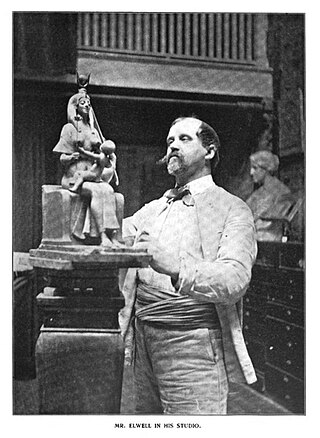
Francis Edwin Elwell was an American sculptor, teacher, and author.
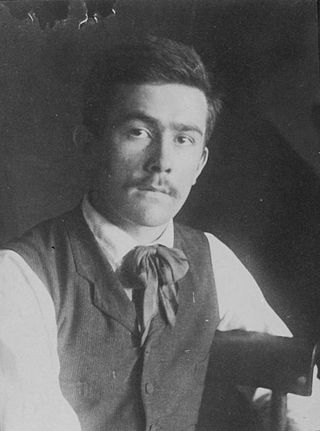
Samuel Aloysius Murray was an American sculptor, educator, and protégé of the painter Thomas Eakins.

Concetta Scaravaglione was an American sculptor. Her parents immigrated from Calabria, Italy, and Concetta was the youngest of nine children. She is known for her monumental figurative sculpture, her work for the Federal Art Project (FAP), and her teaching career.

Frances Taft Grimes was an American sculptor, best remembered for her bas-relief portraits and busts.
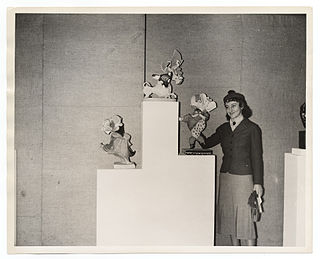
Eugenie Gershoy was an American sculptor and watercolorist.

Joseph Wright was an American portrait painter and sculptor. He painted life portraits of George Washington and Benjamin Franklin, and was a designer of early U.S. coinage. Wright was President Washington's original choice for Chief Engraver of the U.S. Mint, but died at age 37, before being confirmed to that position.
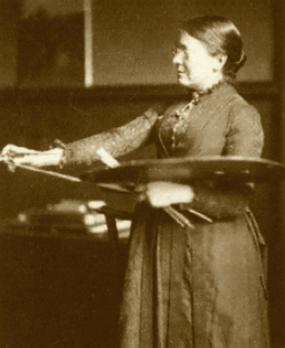
Anna Massey Lea Merritt was an American artist from Philadelphia who lived and worked in Great Britain for most of her life. A printmaker and painter of portraits, landscapes, and religious scenes, Merritt's art was influenced by the Pre-Raphaelites. Merritt was a professional artist for most of her adult life, "living by her brush" before her brief marriage to Henry Merritt and after his death.

May Howard Jackson was an African American sculptor and artist. Active in the New Negro Movement and prominent in Washington, D.C.'s African American intellectual circle in the period 1910-30, she was known as "one of the first black sculptors to...deliberately use America's racial problems" as the theme of her art. Her dignified portrayals of "mulatto" individuals as well as her own struggles with her multiracial identity continue to call for the interpretation and assessment of her work.
Mary Hortense Webster (1881–1965) was an American sculptor.
Elizabeth Osborne is an American painter who lives and works in Philadelphia. Working primarily in oil paint and watercolor, her paintings are known to bridge ideas about formalist concerns, particularly luminosity with her explorations of nature, atmosphere and vistas. Beginning with figurative paintings in the 1960s and '70s, she moved on to bold, color drenched, landscapes and eventually abstractions that explore color spectrums. Her experimental assemblage paintings that incorporated objects began an inquiry into psychological content that she continued in a series of self-portraits and a long-running series of solitary female nudes and portraits. Osborne's later abstract paintings present a culmination of ideas—distilling her study of luminosity, the landscape, and light.
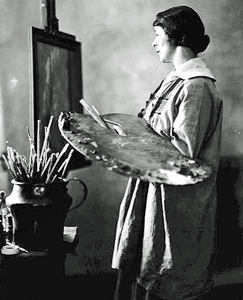
Elsa Laubach Jemne (1887–1974) was an American landscape painter, portraitist, muralist and illustrator born in St. Paul, Minnesota. She attended the St. Paul Institute before continuing her art studies at the Pennsylvania Academy of Fine Arts in Philadelphia.

Marion Sanford was an American sculptor known for her bronze portraits of women engaged in everyday domestic activities.
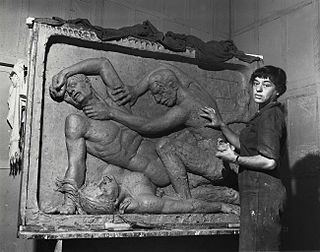
Hélène Sardeau was an American sculptor, born in Antwerp, Belgium, who moved with her family to the United States when she was about 14 years old.
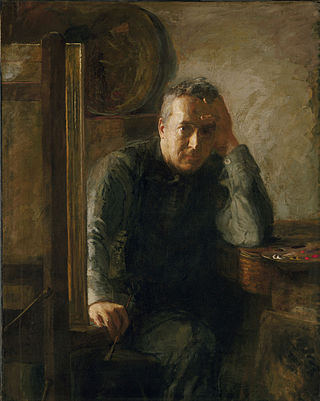
Charles Bregler was an American portrait painter and sculptor, and a student of artist Thomas Eakins. Bregler wrote about Eakins's teaching methods, and amassed a large collection of his minor works, memorabilia and papers. Following Bregler's death, his widow safeguarded the Eakins collection for decades before selling it to the Pennsylvania Academy of the Fine Arts.

Emily Clayton Bishop was an American prize-winning sculptor. Although she died at a young age, her works in bronze and plaster are found in museum collections such as the Smithsonian American Art Museum and in shows such as Modern Women at PAFA (2013). Her childhood home, the Emily Clayton Bishop house, is a Maryland State historic site. The home sold in 2019 for $115,000.
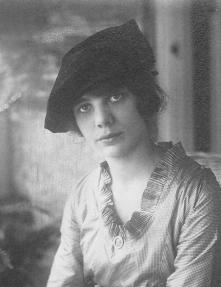
Grace Thorp Gemberling was an American artist known for the broad range of her subjects in paintings having a pronounced psychological as well as aesthetic impact. One critic said they conveyed a mood that was "ethereal, bold and engaged." Another said her work showed "a disciplined hand and a romantic eye" together with "a magical color sense." Known for her control of detail and successful handling of line and blocks of color, she was said to paint in a modernist style that stayed clear of abstraction and was remembered by a teacher and fellow artist as "the finest woman painter in Philadelphia during the 20s and 30s."

















